Interview Questions on Control Valves, Control Valves MCQ, Control Valves Objective Questions, Control Valves Multiple Choice Questions.
Interview Questions on Control Valves
How to define seat leakage class for control valves?
A control valve’s ability to shut off has to do with many factors. Seat material, actuator thrust, pressure drop, and the type plug (balanced or unbalanced) can all play a part in how well a particular control valve shuts off. Seat Leakage Classifications There are actually six different seat leakage classifications as defined by IEC 60534-4 std or ANSI/FCI 70.2.
They commonly range from CLASS IV to CLASS Vl CLASS IV is also known as metal to metal. It is the kind of leakage rate you can expect from a valve with a metal plug and metal seat. CLASS Vl is known as a soft seat classification.
Soft Seat Valves are those where either the plug or seat or both are made from some kind of composition material such as Teflon or similar.
What is the difference between flashing and cavitation?
Cavitation is a condition that occurs in liquid flow where the internal pressure of the liquid, at some point falls below the vapour pressure and vapour bubbles formation takes place.
After this point the pressure rises above the vapour pressure again and during this pressure recover stage (recall also the concept of FL) the bubbles collapse, and cavitation takes place.
Flashing is a condition that occurs with liquid flow where the pressure falls below the vapour pressure (same as cavitation) and remains below it. There are then two phases flowing (i.e. liquid and vapour) downstream and no collapsing of bubbles takes place.
How can cavitation damage be contained?
Several methods exist for treating cavitation in control valves. The first is to select valves with high values of FL (recovery factor) eliminating cavitation.
The second is to ensure that the plug and seat are made of a material that can resist the damage (e.g. stellite hard facing).
The third is to control where the bubbles collapse and keep this away from vulnerable components (for instance close to internal surface of valve body or pipe).
Why a control valve on Cryogenic Service cannot be mounted with actuator in horizontal position?
The working principle of the extended bonnet (named “cold box”) used in cryogenic service (below -100°C) is based on the principle that portion of LNG which evaporates and stagnates in the upper portion of the bonnet has a function of thermal insulation between the process fluid and the gland packing.
In this way ice formation on valve stem is avoided. To grant this benefit the stem/actuator axis must be in upright position. Therefore valves installed on a vertical pipe (with the actuator in horizontal position) cannot work properly.
What is the difference between “Rangeability” and “Turn-down” in a steam desuperheating system ?
The term “rangeability” normally refers to a mechanical concept applied to a single throttling device. F.i. for a control valve the “rangeability” is ratio between the max flow (or Cv) and the minimum controllable flow (or Cv).
When two of such devices are associated, in our case on water and steam line, the minimum and maximum controllable flow of the system as a whole could be affected by other factors.
Typically in steam conditioning systems some prescriptions in terms of steam velocity are required for a good performance (not lower than..) and therefore the working range of the system may be lower than the “rangeability” of each individual device.
Therefore the ratio between maximum and minimum controllable flow of the whole system is what we call “turn down”.
What does Kv value mean?
The Kv value is a reference value for the flow rate of valves:
What does Kvs value mean?
For engineering a necessary KV value is calculated on basis of the given operating conditions. In general an allowance of 30 % is added. The Kv value of the valve should reach this Kvs value.
What is an inlet pressure pv (p1)?
The inlet pressure indicates the pressure in the system upstream of the valve.
What is an outlet pressure ph (p2)?
The outlet pressure indicates the pressure in the system downstream of the valve.
What is the differential pressure, Δp?
The differential pressure defines the pressure difference between inlet pressure and outlet pressure. If pressure ranges are given, the smallest pressure difference is relevant with regards to valve design..
What is a pressure drop?
The pressure drop indicates the active pressure difference between the effective inlet and outlet pressure.
Why is the flow velocity so important?
In pipelines certain flow velocities are admissible depending on the medium. In addition to the KV(s) value the flow velocity is a decisive value for valve dimensioning.
What is the pressure setting range?
The pressure setting range indicates the range within which a valve can be set or used.
Example: The indication pressure range 4-6 bar means
- for a pressure reducing valve the outlet pressure can be set between 4 and 6 bar
- for an overflow valve (back pressure regulator) – the inlet pressure can be set between 4 and 6 bar
- for a bleeding and venting valve the valve can be used for this system pressure range
What is the reduction ratio?
The reduction ratio indicates the max. ratio of inlet and outlet pressure which can be reduced within one step by a pressure reducing valve.
- Example 1 : Reduction ratio 20:1 (the regulation data sheet of the valve indicates 20)
- Example 2 : The nominal value for the outlet pressure 1.2 bar is the highest admissible pv = 20 x 1.2 bar = 24 bar
What is the valve seat?
The valve seat is the apron for a defined flow through opening in the valve through which the medium to be regulated has to flow.
What is the valve cone?
The valve cone is a movable element within the valve that bears on the valve seat. By means of the cone stroke the valve is opened, throttled or closed.
What is a released valve?
On a released valve the forces acting on the cone are compensated on an equally sized release surface owing to the inlet and outlet pressure. Thus the valve features considerably better regulating properties.
What does hard facing mean?
It is recommended that the cone for pressure regulating valves for liquids and with a pressure drop of abt. > 25 bar be designed with a hard facing layer. This will prevent early wear and tear due to cavitation.
What is a control line?
The control line takes the inlet and outlet pressure to be regulated from the pipeline and transfers it to the control unit.
Not every pressure regulating valve requires a control line. The control line can also be used to set pressures at locations remote from the valve.
What does control unit mean?
The pressure to be regulated is transferred to the pressure regulating valve mechanism via the control unit.
The pressure acting on the control surface closes (pressure reducing valve) or opens (backpressure regulator) the valve against the spring force.
Three construction types are distinguished:
- diaphragm
- piston with O-ring and other seals
- bellow
Why is it advisable to extend the pipeline in some cases?
In many cases the valve is sufficiently dimensioned for a certain application with regards to the Kv(s) value, but it might be too small in respect of nominal diameter and the resulting flow velocities.
Too high flow velocities result in noise, pressure rise and wear and tear.
On a small scale the flow velocity can be reduced to an admissible value thanks to the extended pipeline. The pipeline extension is to be carried out by the customer.
Why can a leakage line be necessary?
In case of toxic or hazardous media the valve must be provided with a closed spring cap (with adjusting screw seal) with leakage line connection.
During the on-site assembly a leakage line has to be laid which drains the medium safely in case the control unit becomes defective.
What is the difference between a start-up and continuous bleeding valve?
The start-up bleeding valves bleed plants with low internal pressure during start-up or filling. The float acts directly onto the cone. Such valves have a large seat diameter to ensure fast bleeding at a pressure below 0.1 bar.
During operation they are kept closed by the internal pressure of the vessel. In case of a suddenly occurring vacuum the valves open and compensate the pressure. Thus damages caused by a vacuum will be avoided.
The continuous bleeding valves are used to evacuate the air accumulating during operation. They are provided with a lever transmission thus they also operate at very low or very high pressures. If air intake is to be avoided the outlet is to be provided with a non-return valve. In such a case they will act as bleeding valves without venting function.
What is Nm³ (cubic metre standard), Sm³ (American cubic metre standard) and Bm³ (cubic metre during operation)?
Nm³ : Volume of a medium (liquid or gas) at the standard state 1 bar (abs) 20°U Sm³: -> engl: the American variant of Nm³
Bm³ : Volume of the medium (liquid or gas) in the operating mode. i.e. at operating pressure and operating temperature.
Attention: Bm³ and Nm³ may often differ from each other owing to the compressibility of the medium. In such a case the differentiation between Bm³ and Nm³ is of particular importance.
What is the difference between safety valve and backpressure regulator?
- The safety valve is to safely discharge the medium at a preset nominal value during a certain pressure relief process.
- The overflow valve (backpressure regulator) limits the pressure upstream of the valve to the set (but alterable) nominal value.
- The backpressure regulator only discharges the quantity of the medium needed to attain the nominal value.
Why is a control line needed?
Some valve designs require control lines to safely transmit the required set pressure to the control unit.
Control lines can enhance the regulating properties and are used to realize special applications (e.g. regulation of differential pressure, of quantities, or vacuums).
What is the difference between a pressure reducing valve and a pressure maintaining valve?
Both valves keep the selected set pressure constant. The pressure reducing valve does so on the downstream side whilst the pressure maintaining valve does so on the upstream side of the valve (UV=backpressure regulator).
Which parameters are important for the selection of the nominal diameter apart from the Kv(s) values)?
The medium, flow velocity, viscosity and the pressure range to be regulated.
What is the control deviation and how much must it be?
In the range from 10 percent to 70 percent of the possible flow rate the pressure variation and the set value (psoll) must not vary more than + 5 percent. The control deviation indicates the extent of the variation.
Also Read: Control Valves Questions & Answers
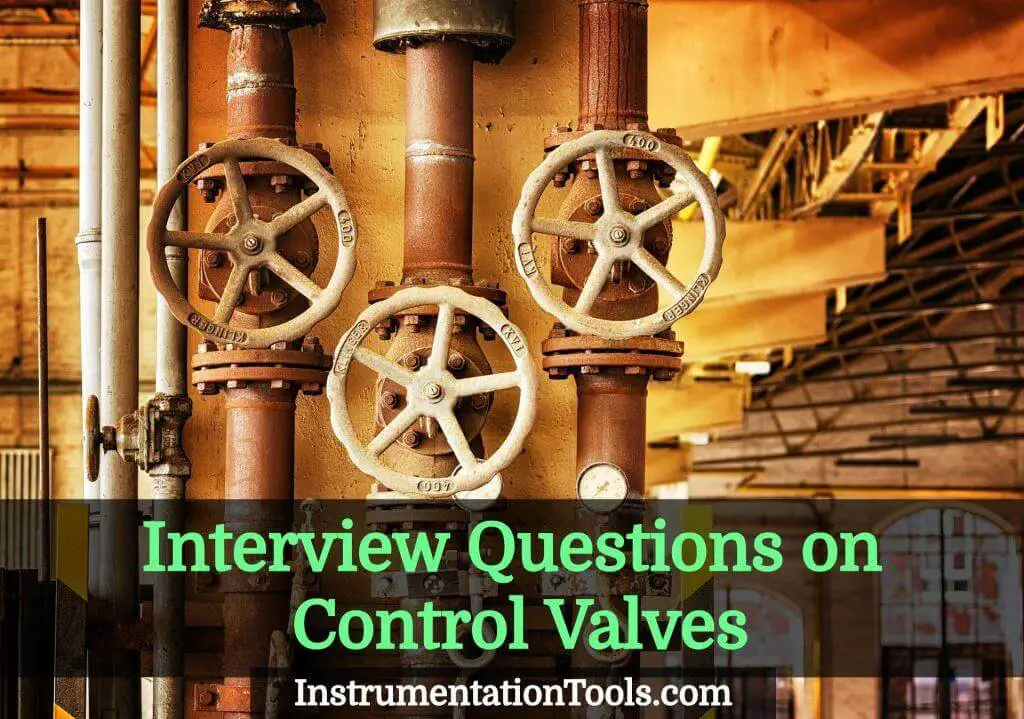


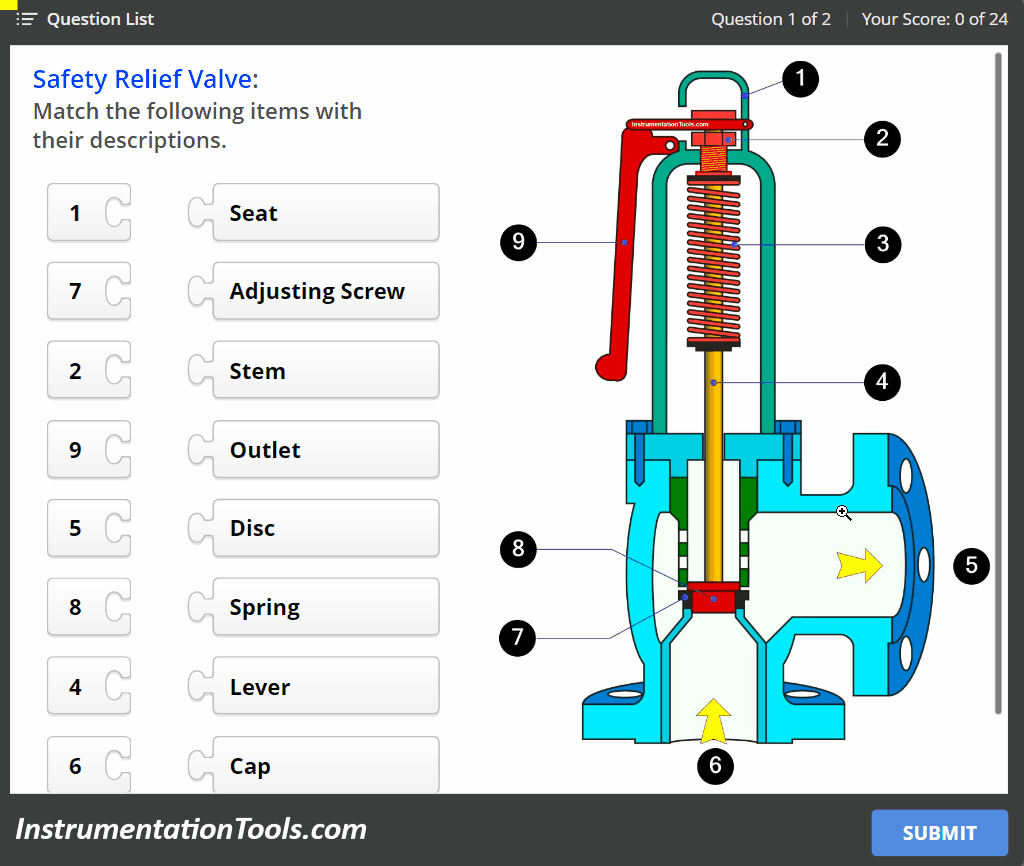
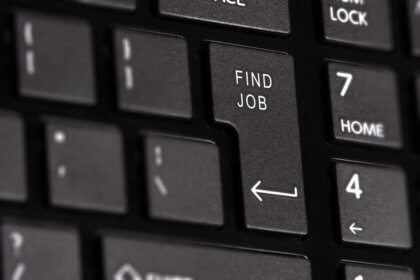
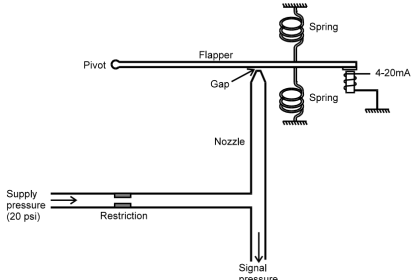
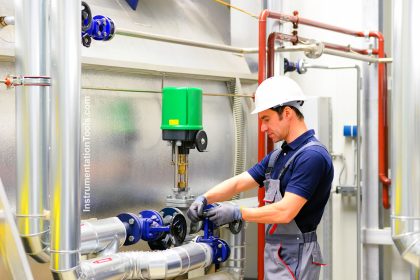
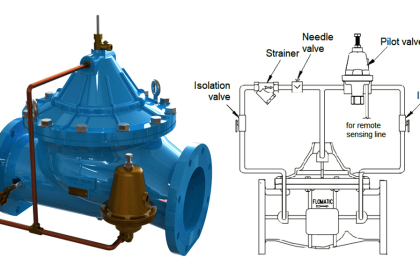
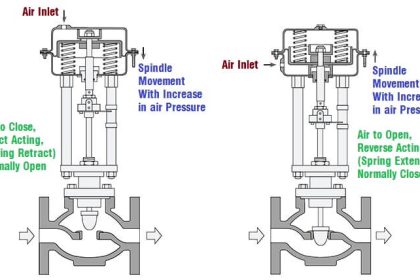
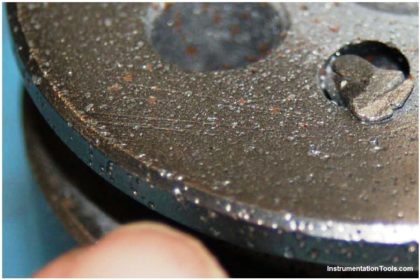
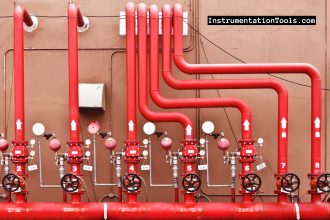
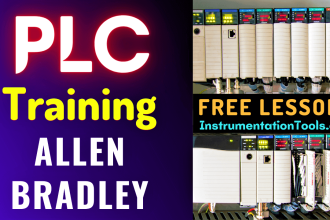
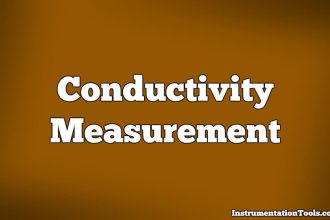
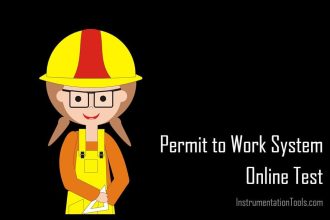
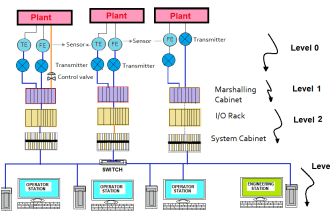
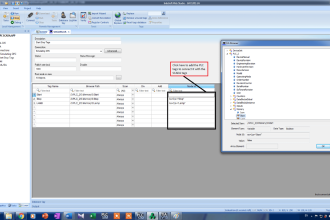
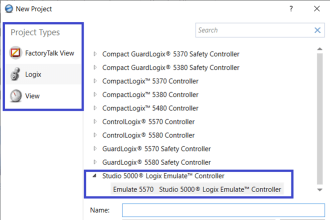
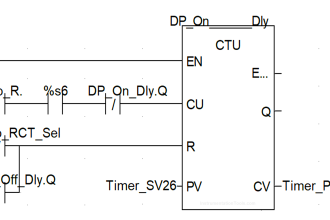

Excellent Collection Bro..///
Dear sir I want more information for subject thank you sir
sir plz discribe about throtiling of c.v,
Other name for seating control valves….are called packaging!The material menu be of neoprene or as as per the grade of section is required!!
If regulating the flow of liquid is highly corrosive then seating material may be of stainles.